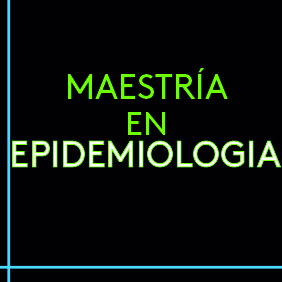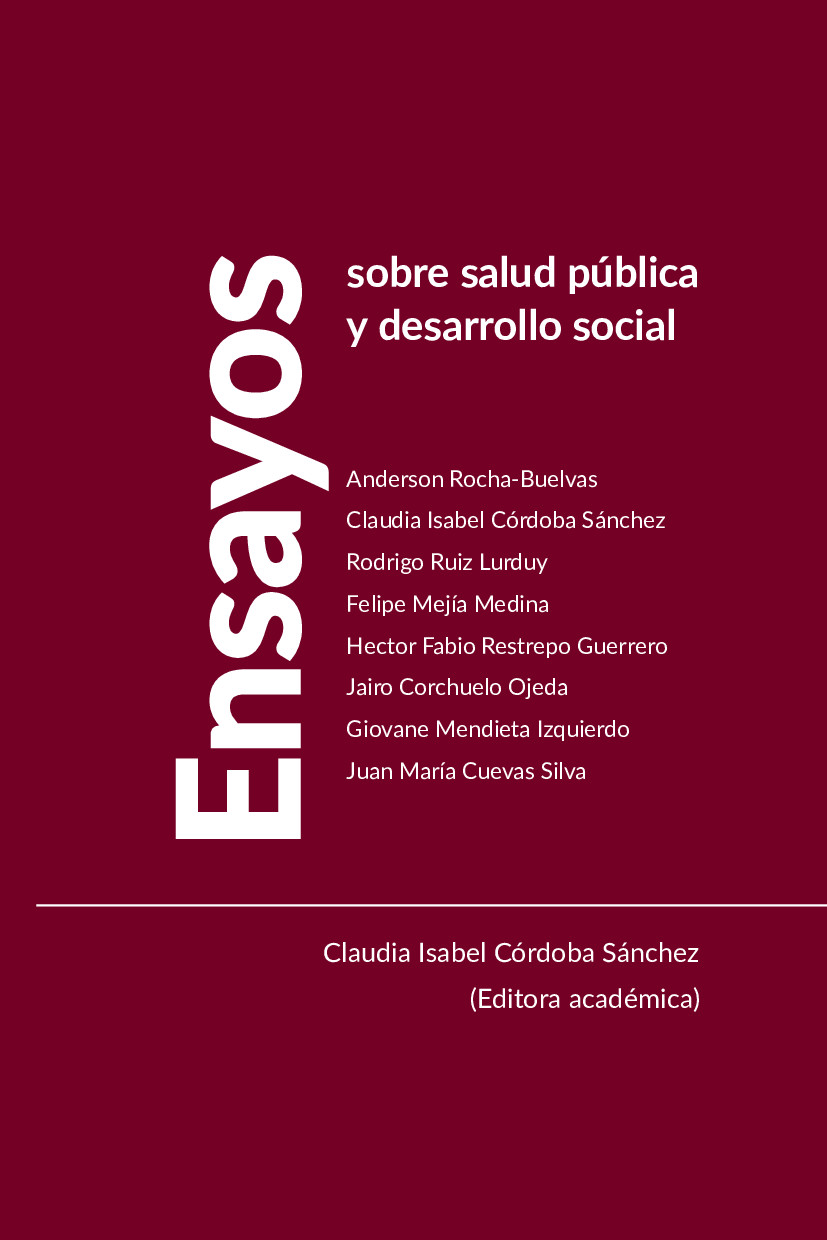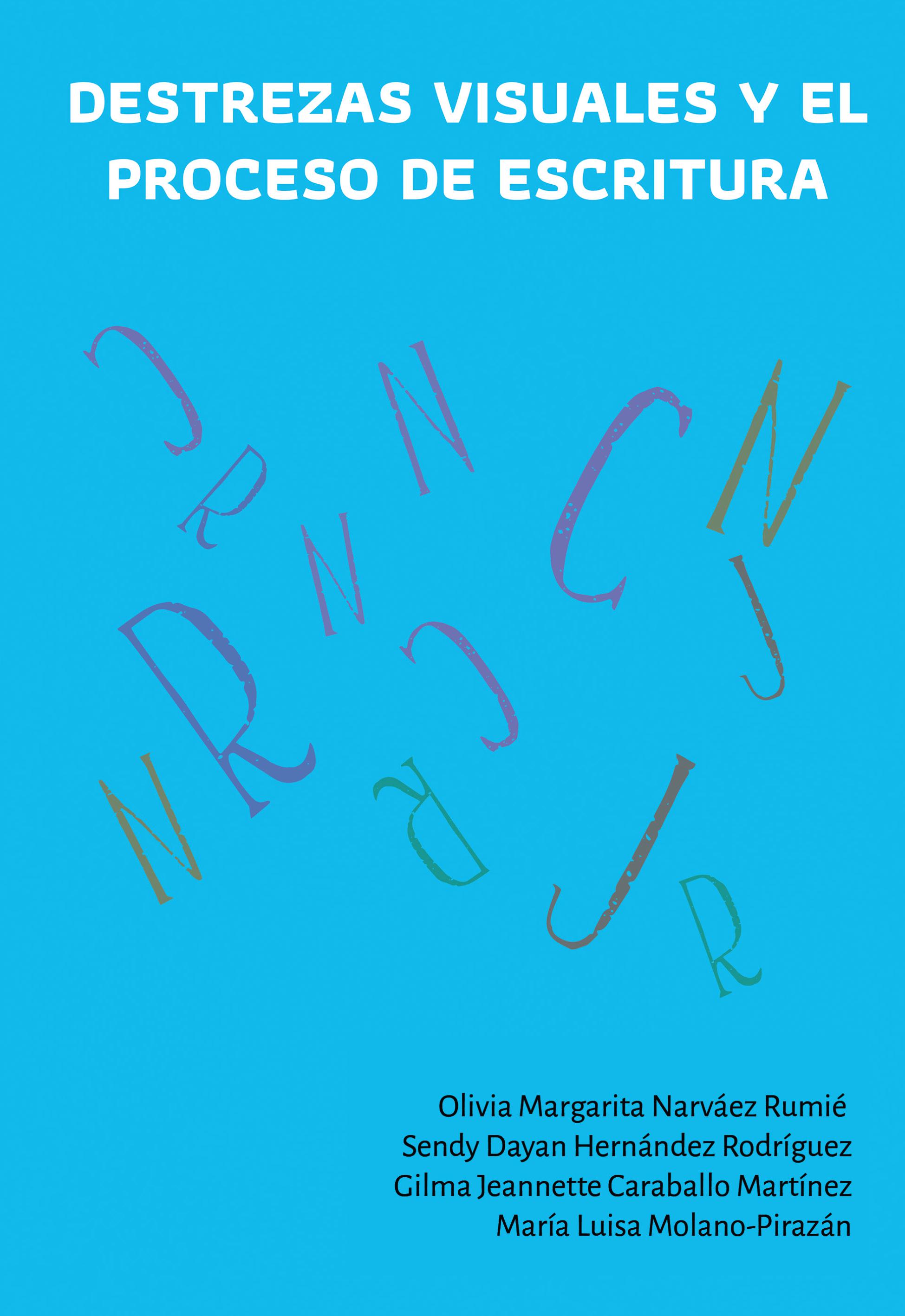Abstract
La autoestima es la forma en la que cada ser se valora y por ende confía en sí mismo; por esto su importancia es crucial en la toma de decisiones de cada individuo, tal es el caso de la decisión de quedar en embarazo a determinada edad. El presente estudio trata de validar un test en adolescentes para evaluar la autoestima. Metodología: Efectuamos una revisión bibliográfica y decidimos realizar unavalidación cultural del test Área –Specific Self Steem Scale, editado por el Centro de Control de Enfermedades de Atlanta, Georgia1, el cual se dividió en dos partes que identificaban un nivel alto y un nivel bajo de autoestima respectivamente. El test adaptado fue presentado a un colegio de enseñanza media de Alcalá, municipio de 16000 habitantes de la región cafetera de Colombia, perteneciente a la zona norte del departamento del Valle del Cauca. Los resultados fueronanalizados por STATA 10. Resultados: El test de identificación de alta autoestima tiene alta confiabilidad (Cronbach=0.737) y el test de baja autoestima tiene una alta confiabilidad Cronbach=0.82). El test de alta autoestima tiene una capacidad predictiva de 0.709 y el de baja autoestima tuvo una capacidad predictiva cercana al 100%. Se encontró para el test de alta autoestima una sensibilidad de 96.61% y una especificidad cercana al 100 %. En la definición de una buena autoestima serían correctamente clasificados el 98.45% .Conclusiones: Este trabajo valida el test de alta y baja autoestima como unaherramienta útil para medir el nivel de autoestima de una población, cuyos resultados sirven como línea de base para intervenciones y posteriores mediciones en trabajos que pretendan mejorar las conductas de riesgo en los adolescentes.
Abstract
Self-estem is the way in which each person is valued and therefore confident in itself why its significance is crucial in making decisions of each individual, like the decision to become pregnant at a specific age. This study seeks to validate a test to assess adolescent self-esteemMetodology: We performed a literature review and decided to make a cultural validation of the test area-Specific Self Steem Scale, edited by the Centre for Disease Control in Atlanta, Georgia1, which was divided into two parts, identified a high level and a low level of self-esteemrespectively. The test was introduced adapted to a college education mean Alcalá town of 16000 people in the coffee region of Colombia, from the northern Valle del Cauca. The results were analyzed by STATA 10. The outcome: The test identification of high self-esteem has a high reliability (Cronbach’s alpha = 0,737) and the test has a low self-esteem reliability (Cronbach’s alpha = 0.82). The test has a high self-esteem predictive capability of 0,709 and low self-esteem had a predictive ability approaching 100%. The outcomes to test high esteem sensitivity of 96.61% and a specificity approaching 100%. The definition of a good self-esteem, they would be properly classified the 98.45%. Conclusion: Them we could say that this study validates the test of high and low self-esteem as a useful tool for measuring the level of self-esteem of a population whose results serve as a baseline for measurement and subsequent interventions that seek to improve work in high-risk behavior among adolescents.
Key words: Self-estem, Self-estem tests, teen pregnancy.
Licence
Authors should declare no conflicts of interest either for reasons of financing the project which is the result of the article; as well as intellectuals, academics, moral and investigative reasons.
The Journal of Andean Research is home to the ethical rules for publications issued by the COPE: http://publicationethics.org/resources/code-conduct

 PDF (Español (España))
PDF (Español (España))
 FLIP
FLIP

















